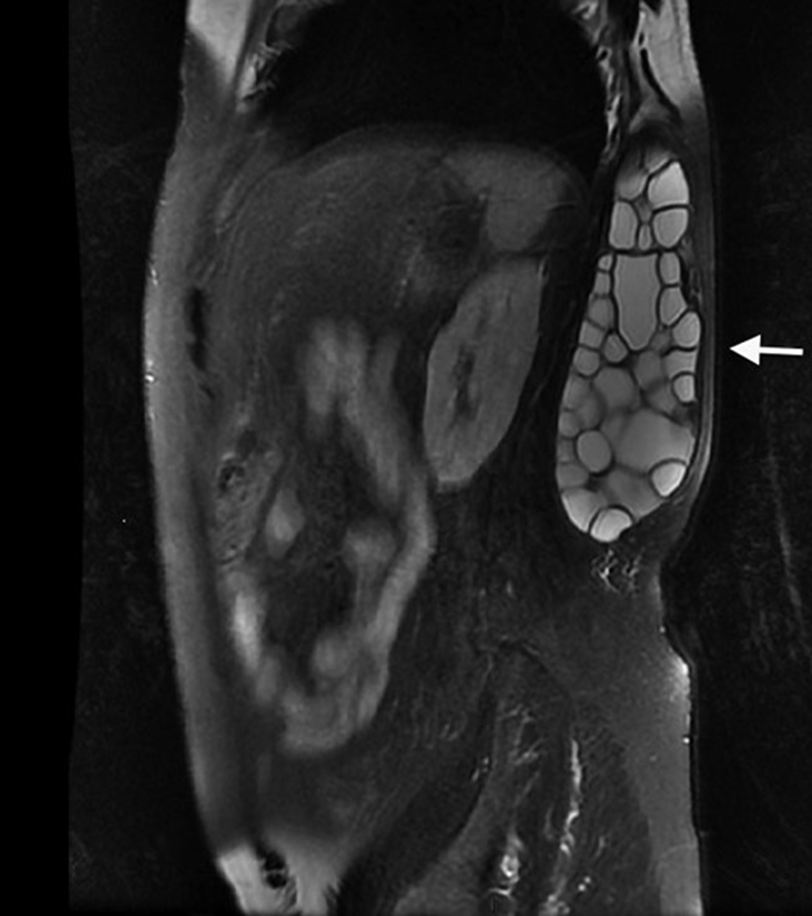
A 35-YO♂️: a 9-month of white concretions encircling the hairs in both axillae (A).
A Wood’s lamp🔎: yellow-green fluorescence of the concretions (B).
Dermoscopy: cottonlike structures on the hair shafts (C).
1/6
DOI: 10.1056/NEJMicm2206453
#dermatology #dermatología
A Wood’s lamp🔎: yellow-green fluorescence of the concretions (B).
Dermoscopy: cottonlike structures on the hair shafts (C).
1/6
DOI: 10.1056/NEJMicm2206453
#dermatology #dermatología

TRICHOMYCOSIS AXILARIS
✔️ a superficial bacterial infection of the hair of the axillae
✔️misnomer, given that it is caused by corynebacterium species as opposed to fungi.
2/6
#dermtwitter #microbiology
✔️ a superficial bacterial infection of the hair of the axillae
✔️misnomer, given that it is caused by corynebacterium species as opposed to fungi.
2/6
#dermtwitter #microbiology
After 1 week of treatment with topical clindamycin and a daily benzoyl peroxide wash, the patient’s symptoms abated and did not recur.
3/6
#MedTwitter #MedStudentTwitter
3/6
#MedTwitter #MedStudentTwitter
TRICHOMYCOSIS AXILARIS is characterised by yellow, black or red granular nodules or concretions that stick to the hair shaft.
It can also affect pubic hair (when it is called trichomycosis pubis), scrotal hair, and intergluteal hair.
4/6
#resident #MedicalStudents
It can also affect pubic hair (when it is called trichomycosis pubis), scrotal hair, and intergluteal hair.
4/6
#resident #MedicalStudents
Trichomycosis axillaris is caused by the overgrowth of Corynebacterium (Corynebacterium tenuis, C propinguum, C flavescens) and Serratia marcescens.
The concretions consist of tightly packed bacteria.
5/6
#bacteriology #IDtwitter
The concretions consist of tightly packed bacteria.
5/6
#bacteriology #IDtwitter
Visible deposits form on hair shafts when bacteria mix with dried apocrine sweat, especially in the presence of hyperhidrosis or impaired hygiene.
6/6
#Doctor #medicine #MedEd
6/6
#Doctor #medicine #MedEd
• • •
Missing some Tweet in this thread? You can try to
force a refresh



















